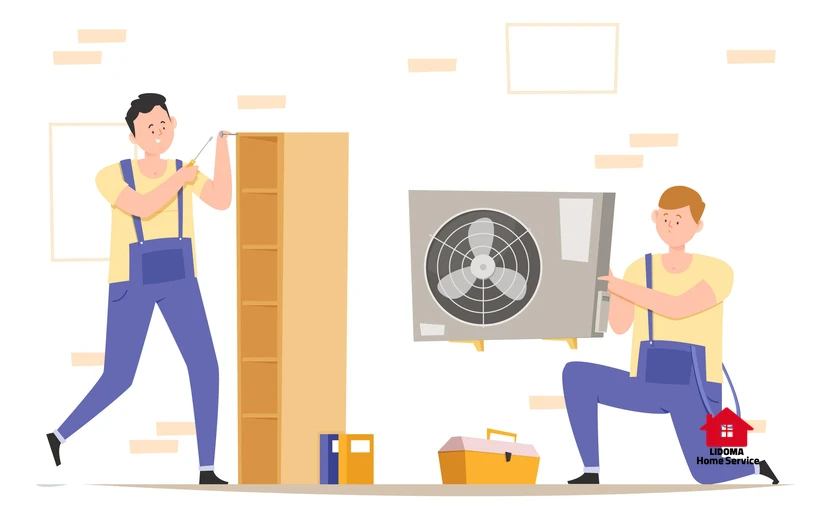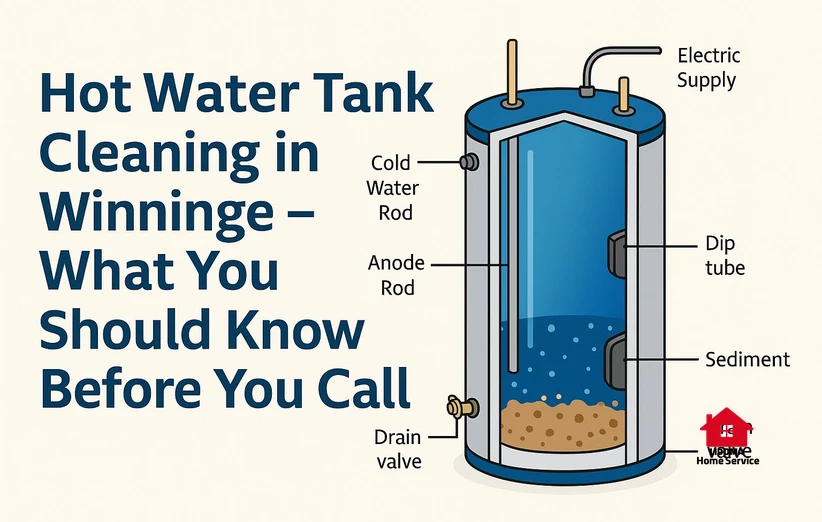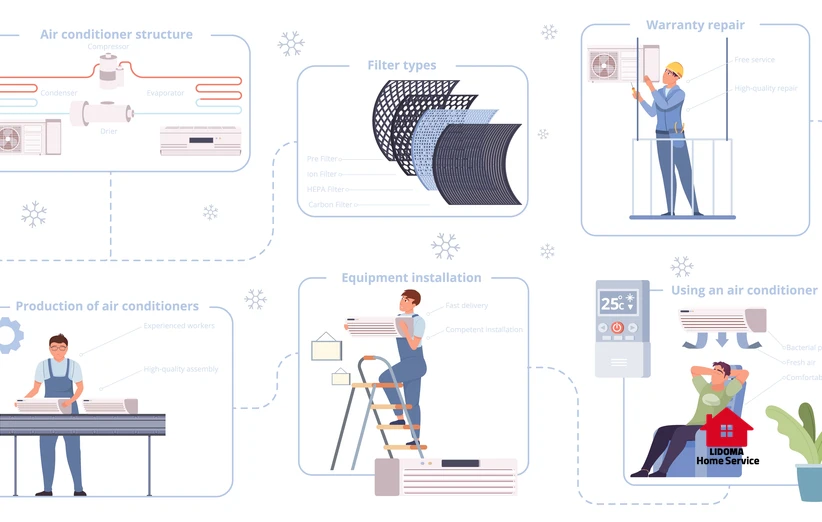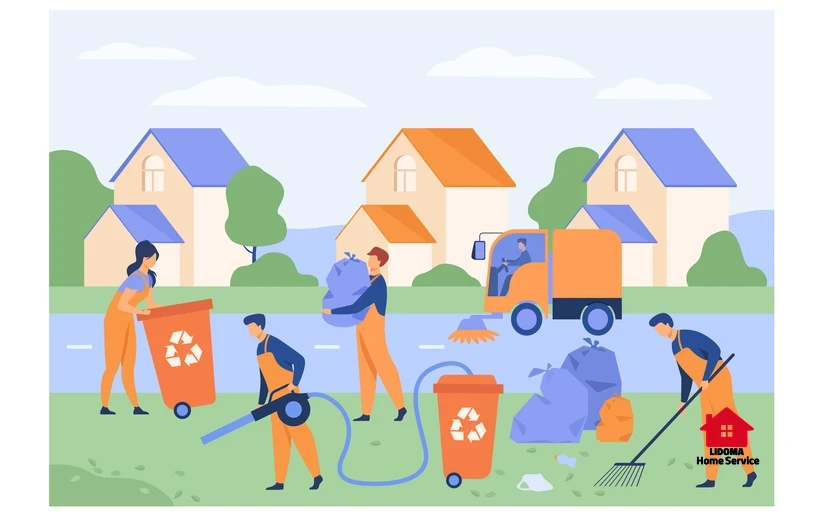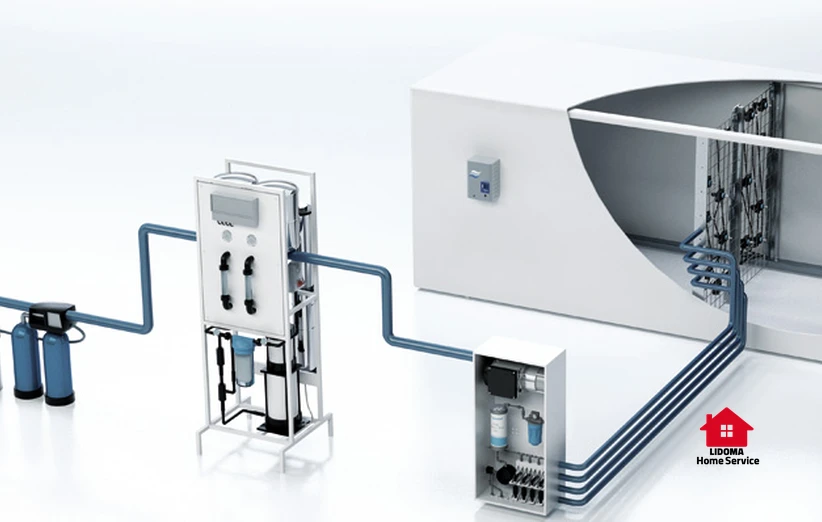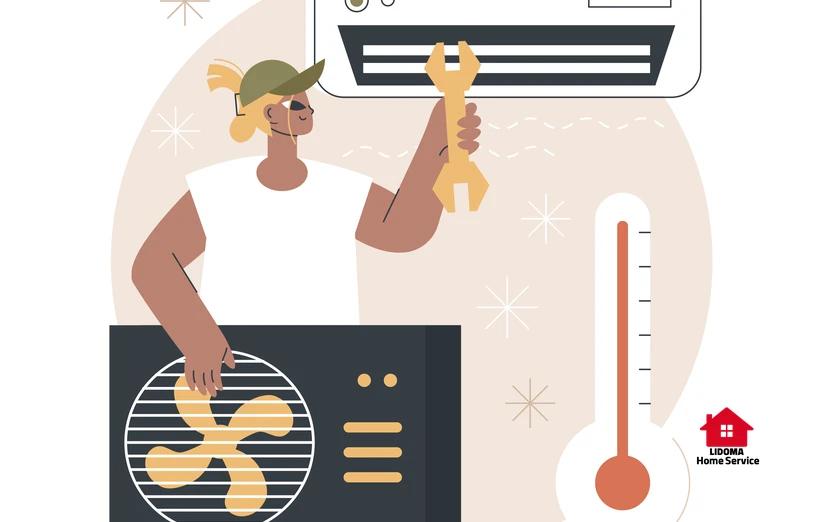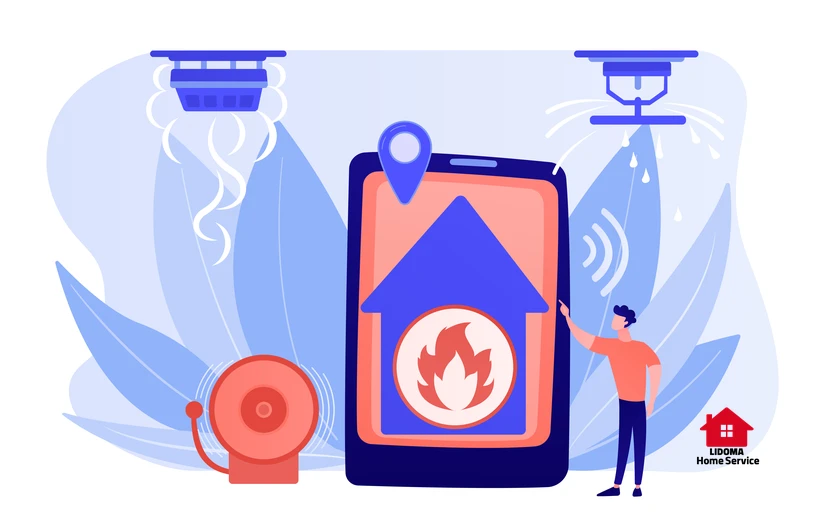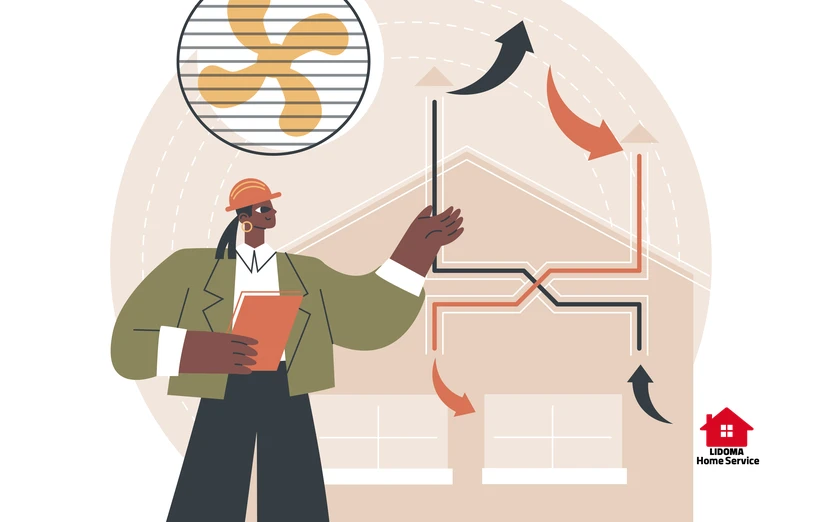Top 7 Furnace Maintenance Tips Every Winnipeg Homeowner Should Know Before Winter
Ensure a warm, safe, and efficient home this winter with these essential furnace care tips tailored for Winnipeg’s harsh climate.
Winnipeg winters are no joke. With temperatures regularly plunging well below freezing, your home’s furnace isn’t just another appliance — it’s your family’s lifeline. That’s why regular maintenance isn’t optional; it’s essential. Whether you’re a new homeowner or have lived through decades of prairie winters, understanding how to care for your furnace can save you from unexpected breakdowns, costly repairs, and skyrocketing energy bills.
In this guide, we’ll share the top 7 furnace maintenance tips every Winnipeg homeowner should know before the cold weather sets in — so you can stay warm, safe, and worry-free all winter long.
1. Replace or Clean Your Furnace Filter Regularly
One of the simplest yet most impactful maintenance tasks is replacing (or cleaning) your furnace filter. Over time, filters become clogged with dust, pet hair, and debris, which restrict airflow and force your furnace to work harder.
- 🔧 When to replace: Every 1–3 months during the heating season.
- 💡 Pro tip: Choose a high-quality filter with a MERV rating between 8 and 11 for optimal balance between air quality and efficiency.
A clean filter not only improves heating performance but also extends the life of your furnace and keeps your indoor air cleaner — a big plus during Winnipeg’s long indoor seasons.
2. Schedule a Professional Furnace Inspection Before Winter
A pre-winter furnace tune-up isn’t just a precaution — it’s a must. Professional HVAC technicians can detect issues that homeowners often miss, such as worn-out parts, gas leaks, or improper airflow.
During a standard inspection, a certified technician will:
- Check and clean burners and heat exchangers
- Test safety controls
- Inspect the blower motor and belts
- Verify gas pressure and carbon monoxide levels
👉 Why it matters: Catching small problems early can prevent major breakdowns during the coldest days — when HVAC companies are at their busiest.
3. Keep Vents and Registers Clean and Unblocked
Blocked or dusty vents can significantly reduce your furnace’s efficiency. As part of your seasonal prep, walk through your home and make sure all vents and registers are:
- Free from furniture, rugs, or drapes
- Cleaned with a vacuum or damp cloth
- Fully open for balanced airflow
Good airflow ensures consistent heating throughout your home and prevents your furnace from overworking — saving energy and extending its lifespan.
4. Inspect the Thermostat for Accuracy and Efficiency
A malfunctioning thermostat can cause inconsistent temperatures or make your furnace run unnecessarily. Before winter hits:
- Test your thermostat by setting it a few degrees higher — the furnace should respond quickly.
- Replace old manual models with programmable or smart thermostats to improve efficiency and save on heating bills.
In a city like Winnipeg, where winter heating costs can climb quickly, a smart thermostat can make a noticeable difference in comfort and cost.
5. Check and Seal Ductwork for Leaks
Leaky ducts can waste up to 30% of your heating energy — and in a Winnipeg winter, that means wasted money. Inspect exposed ductwork in basements, attics, or utility rooms for gaps, holes, or loose connections.
- Use aluminum foil tape or mastic sealant to seal small leaks.
- Consider professional duct sealing if you suspect significant air loss.
Well-sealed ducts improve heating efficiency, reduce wear on your furnace, and keep every room in your home cozy.
6. Keep the Furnace Area Clean and Clear
Your furnace needs space to operate safely and efficiently. Avoid storing boxes, cleaning chemicals, or flammable materials near the unit. Dust and vacuum the surrounding area periodically to prevent debris from entering the system.
- Leave at least 2–3 feet of clearance around the furnace.
- Make sure there’s adequate ventilation for proper airflow.
This small step improves safety and reduces the chance of overheating or mechanical issues.
7. Test Carbon Monoxide Detectors and Safety Features
A poorly maintained furnace can produce carbon monoxide (CO) — a colorless, odorless, and potentially deadly gas. To protect your family:
- Test CO detectors monthly and replace batteries annually.
- Replace detectors every 5–7 years or as recommended by the manufacturer.
- Ask your HVAC technician to inspect the heat exchanger for cracks during your annual tune-up.
In Winnipeg homes where furnaces run almost continuously in winter, these precautions are critical for peace of mind.
Final Thoughts: Get Winter-Ready With Professional Furnace Maintenance
Preparing your furnace before the first deep freeze isn’t just about comfort — it’s about safety, efficiency, and long-term savings. By following these seven tips, you can ensure your heating system is ready to handle Winnipeg’s harshest winter days without surprises.
🛠️ Book Your Furnace Tune-Up With LIDOMA Home Services
Don’t wait for the first cold snap to discover your furnace isn’t up to the challenge. At LIDOMA Home Services, we provide professional furnace inspections, tune-ups, and repairs tailored to Winnipeg’s unique climate. Our certified technicians will make sure your heating system is safe, efficient, and winter-ready — so you can focus on what matters most: staying warm and comfortable.
📞 Contact us today to schedule your furnace maintenance appointment and enjoy peace of mind all winter long.
